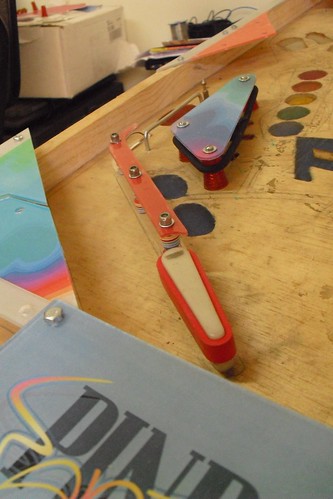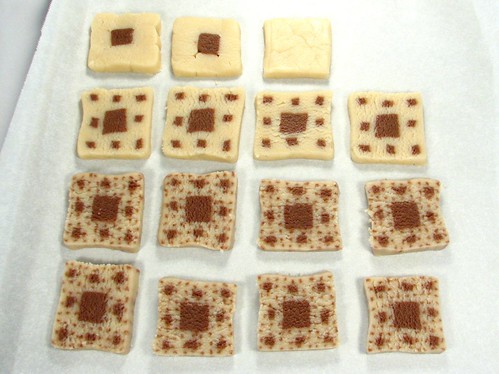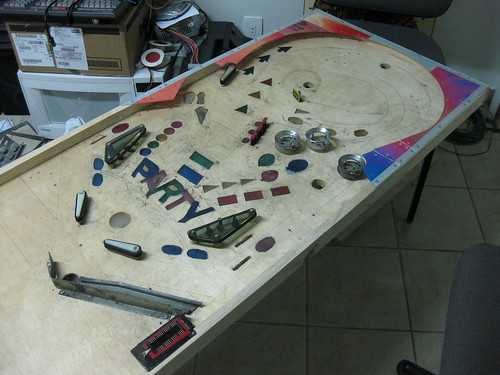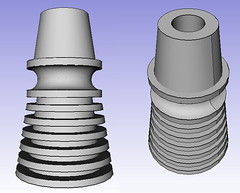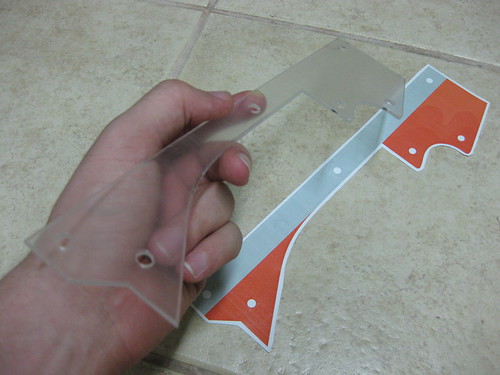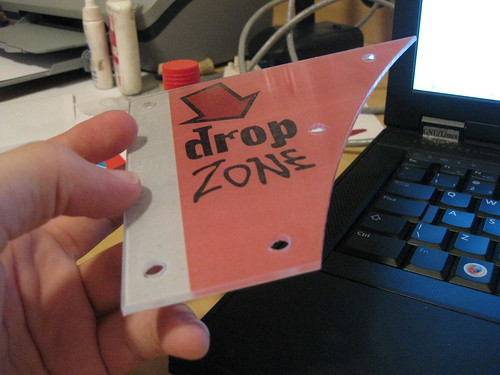
Coordinating efforts towards free firmware implementations
Some months ago I have started to mantain a wikipage at LibrePlanet.org with a list of device drivers that require non-free firmware. For each device I created a wiki page to aggregate technical information about the device in order to make it easier for us to develop free firmware.
Then, during November I have travelled around Europe and have had the opportunity to hack on a laser projector in the Prague hackerspace. The special thing about it is that we developed free software for it but we still rely on the binary-only firmware to startup the device. And I was annoyed by that so I continued investigating and ended up discovering that the device has an EZUSB (which is a 8051 microcontroller with native hardware support for USB communication). Then I have found the datasheet for this microcontroller and started to study it. I even used a disassembler in order to inspect the firmware and things started making sense, but I got concerned about the legality of reusing code from this disassembly process.
At that point I figured out that I should check the wiki page again to see which other devices are using the same microcontroller because that was valuable knowledge that I had just acquired that could be used to free some firmware. So I searched for "ezusb" in the kernel source code and found 3 devices that also use it. One of these devices (DABUSB/TerraTec-DrBox1: a digital radio receiver) has its binary firmware distributed under copyright terms that allow free, derivative works:
* Copyright (C) 1999 BayCom GmbH
*
* Redistribution and use in source and binary forms, with or without
* modification, are permitted provided that redistributions of source
* code retain the above copyright notice and this comment without
* modification.
So this means that by disassembling the firmware, the resulting source code is free. I've done it and now we just have to understand the code and give nice names to the variables and routines in order to have a free firmware for the device. I've been doing it yesterday and today but then I stopped for a while and started to question myself whether it is actually useful work. I am concerned that this is a device released 11 years ago and I don't know anybody who uses it nowadays. So I don't know what is the real demand of support for this specific device.
What I mean is that we need better understanding of the meaning of the LinuxLibre blacklist of devices. We need to figure out a way to sort these devices in a relevance order so that we can focus our reverse engineering efforts on the most critical ones. I suggest that we start a working group to define the criteria for sorting that list and continue this work with some better strategies. One of the possible ways to sort these devices by relevance would be to build statistics based on collecting hardware information of libre-distro users.
I hope someday we'll be providing fixes to the issues raised by the LinuxLibre project instead of simply removing functionality. I think that this perception that lots of people have of LinuxLibre as a less functional, technically inferior alternative to Linux is a real danger. I know that we should not judge software only by its technical aspects. Nevertheless, this is still no good advertising for LinuxLibre.
I'd like to hear your opinions about these questions.
Happy Hacking,
Felipe Sanches























